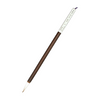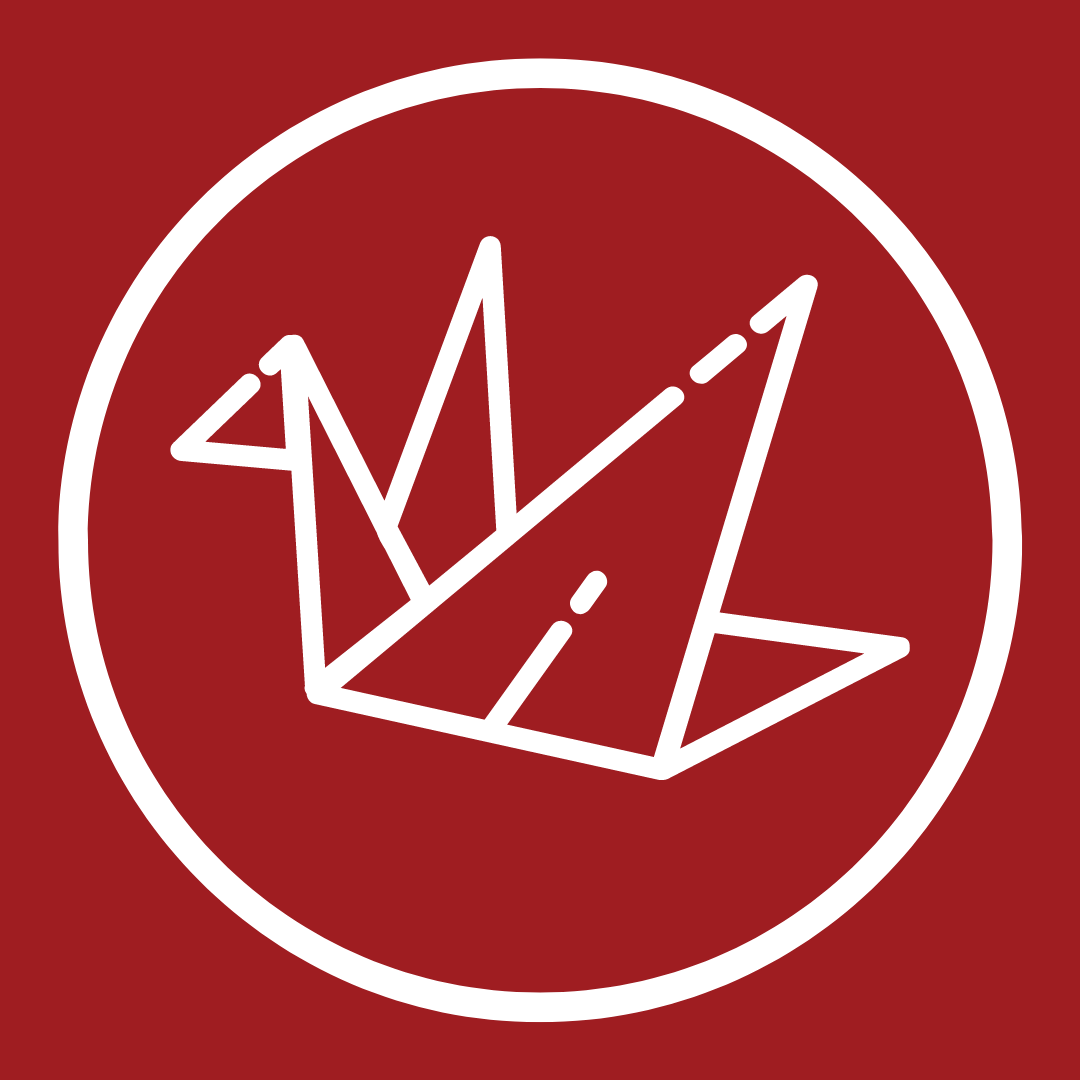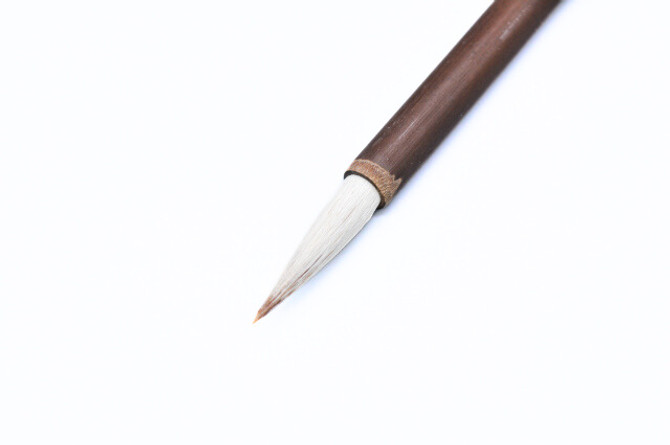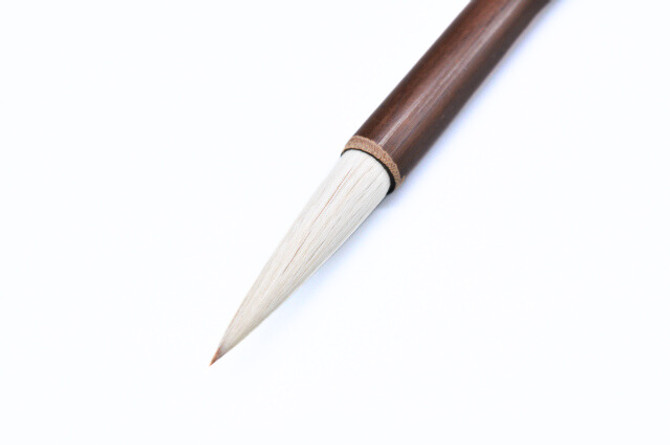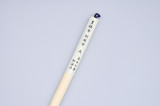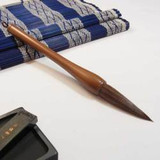This brush is especially good when drawing the basic lines or the preliminary sketch of a drawing. The beginning of a drawing starts by the lines drawn with this brushes. It is also good for people who draw directly without preliminary lines, since the tip of the brush is thin and firm.
Since it is used to draw by making the best use of the bulge of the brush directly without using lines, the tips are aligned and the waist is firm. Also known as a brush, it is often used in ink painting.
Size: approx. 32 x 6.8 mm / 45 × 10 mm
Materials: wool, white raccoon dog, cauda equina, bay
Care instructions:
After using the brush, wash off the ink with water (or lukewarm water when it is very dirty), and dry it thoroughly in the shade with the tips facing down.
Do not store in direct sunlight, in a place subject to sudden drying or temperature changes. It may cause hair damage or shaft cracking.
The Toyohashi brush has a long history, dating back to the Edo period, more than 200 years ago.
During the Edo period, Toyohashi was a castle town of 70,000 koku of the Yoshida clan.
During the financial difficulties of the Yoshida clan, low-class samurai started as an internal job, which was the beginning of the Toyohashi brush. In 1976, it was designated as a traditional craft.
The production
The Toyohashi brush is made using a special technique "kneading" and is characterized by a gliding writing that easily blends well with ink. By thoroughly knowing the characteristics of various animal hairs and using and mixing hairs with different spikes, thickness, hardness and elasticity, hundreds of types of brushes are made according to the purpose of calligraphy, Japan painting, and crafts. The stable writing quality and good quality have been highly evaluated by calligraphers and other brush specialists.
Crafting
There are 36 steps required to make each Toyohashi brush, and all processes are made by hand with consistent craftsmanship inherited from the Edo period. Some of the steps include the following???
sorting: Raw hair is sorted by human eyes and hands according to its purpose, such as length and length, quality of hair tip, etc., and heat is applied to remove moisture and straighten the hair.
Hair firs: The raw hair selected in step 1 is sprinkled with ash made by baking rice husks, and in order to remove fat and improve the absorption of ink, wrap deer skin around the hair and rub it strongly with both hands.
The tips of the hair are tied together, tied with hemp thread, boiled, and spread out into a flat shape with a gold comb. After that, the tips of the hair are brought together and divided into life hair, throat hair, waist hair, etc. and the tips are aligned.
Combing: The hair aligned at the tips is carefully plowed with a gold comb so that the hairs are not entangled or bent, the hairs are straightened to align the tips, and the shape is adjusted using a hammer on the glass plate.
Kneading: Toyohashi's unique technique "kneading". This is the most characteristic process in Toyohashi brush.
The hairs soaked in water are mixed, so that the hairs mix evenly and evenly. Easy to blend with ink. The ink content improves. In this process, after sorting, the core hair (life hair, throat hair, waist hair) that has been processed separately is mixed together to "rough mix" and then "total mixing".
After that, clean and pluck out the bad hairs.
After the entire panicle is soaked with glue made from seaweed, the thread is wrapped around the root and the excess glue is removed while turning the shaft, and the panicle is shaped and dried.
Finally, in order to protect the tip, each scabbard is applied to the dried brush.
Label (engrave) the body of the shaft to complete."
